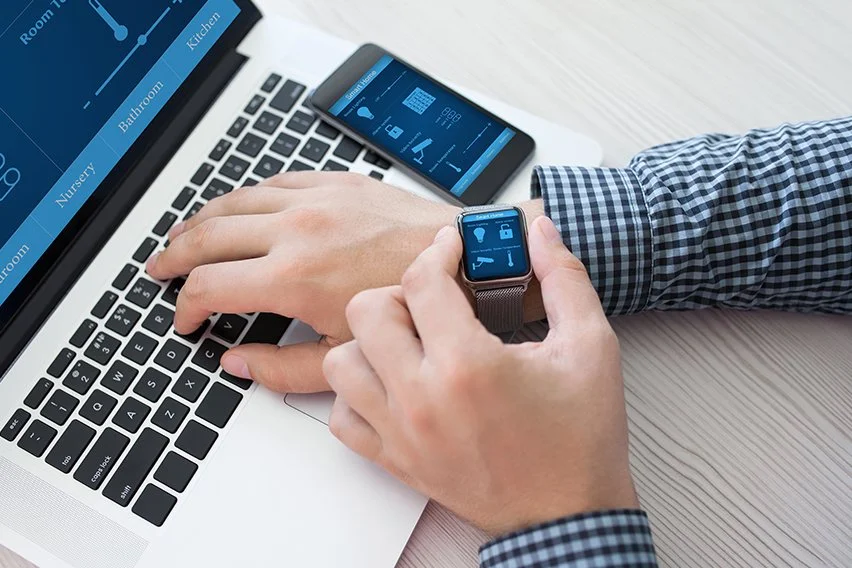Tracking employee time and attendance accurately is crucial for organizational efficiency and productivity. A Time clock app with GPS integration has emerged as a powerful tool to streamline this process, offering businesses a comprehensive solution for managing workforce time effectively.
Benefits of Time Clock App with GPS Integration
Accuracy in Time Tracking
Time Clock App with GPS integration offers precise time tracking capabilities, eliminating the inaccuracies associated with manual timekeeping methods. By leveraging GPS technology, these apps can record employee clock-ins and clock-outs with pinpoint accuracy, ensuring that hours worked are logged correctly.
Enhanced Accountability
With GPS integration, employers can verify the location of employees when they clock in or out, promoting greater accountability and discouraging time theft or unauthorized breaks. This transparency fosters a culture of accountability within the workforce, leading to improved productivity and performance.
Streamlined Payroll Processing
By automating time tracking and integrating GPS data, time clock apps simplify payroll processing significantly. Employers can generate accurate timesheets effortlessly, reducing the time and resources required for payroll administration. This streamlined process minimizes errors and ensures that employees are paid accurately for their work.
Efficient Resource Management
Time Clock App with GPS integration provides valuable insights into employee attendance patterns and work hours, enabling employers to optimize resource allocation effectively. By identifying trends and analyzing data, businesses can make informed decisions to improve workforce efficiency and maximize productivity.
Key Features of Time Clock App with GPS Integration
GPS Tracking
The core feature of the Time Clock App with GPS integration is GPS tracking, which allows employers to monitor the location of employees in real-time. This feature is handy for businesses with remote or field-based workers, enabling managers to track their whereabouts and ensure compliance with work schedules.
Geofencing
Geofencing is another essential feature that allows employers to create virtual boundaries around specific geographical areas. When employees enter or exit these predefined zones, the app automatically records their time stamps, providing additional accountability and visibility into their activities.
Reporting and Analytics
Time Clock App with GPS integration offers robust reporting and analytics tools that enable employers to analyze workforce data comprehensively. From attendance trends to labor costs, these apps provide valuable insights that can inform strategic decision-making and drive business growth.
Integration with Payroll Systems
Many Time Clock App with GPS integration offers seamless integration with payroll systems, allowing for automated data transfer and streamlined payroll processing. This integration eliminates the need for manual data entry and ensures accuracy in payroll calculations, saving time and reducing administrative overhead.
Factors to Consider When Choosing a Time Clock App with GPS Integration
User-Friendly Interface
When selecting a time clock app with GPS integration, it’s essential to choose a solution with a user-friendly interface that is intuitive and easy to navigate. This ensures that employees can clock in and out effortlessly, minimizing disruption to their workflow.
Compatibility with Devices
The app should be compatible with a wide range of devices, including smartphones, tablets, and desktop computers, to accommodate diverse workforce needs. Cross-platform compatibility ensures that employees can access the app from any device, regardless of their location.
Customization Options
Look for a time clock app that offers customization options to tailor the software to your specific business requirements. Whether it’s configuring geofencing parameters or setting up custom reports, having the flexibility to customize the app ensures that it aligns with your organization’s unique needs.
Security Measures
Security is paramount when choosing a time clock app with GPS integration, especially when handling sensitive employee data. Ensure that the app implements robust security measures, such as encryption and multi-factor authentication, to protect against unauthorized access and data breaches.
Challenges and Limitations of Time Clock App with GPS Integration
Privacy Concerns
Privacy concerns are one of the primary challenges associated with the Time Clock App with GPS integration. Employees may feel uncomfortable with the idea of being constantly monitored, leading to potential resistance or backlash against the technology.
Battery Consumption
GPS tracking can consume significant battery power, especially on mobile devices, which may impact device performance and battery life. Employers need to consider the implications of GPS tracking on employee devices and implement strategies to mitigate battery drain.
Signal Interference
In areas with poor GPS signal reception, such as indoors or urban environments with tall buildings, GPS tracking accuracy may be compromised. Signal interference can result in inaccurate location data, undermining the reliability of the time clock app.
Best Practices for Implementing Time Clock App with GPS Integration
Transparent Communication
It’s crucial to communicate openly with employees about the implementation of the Time Clock App with GPS integration, addressing any concerns or misconceptions they may have. Transparency fosters trust and cooperation, ensuring a smooth transition to the new technology.
Employee Training
Provide comprehensive training to employees on how to use the time clock app effectively, including how to clock in and out, navigate the interface, and understand the purpose of GPS tracking. Empowering employees with the necessary skills and knowledge ensures the successful adoption of the technology.
Regular Updates and Maintenance
Stay up to date with software updates and maintenance to ensure that the time clock app functions smoothly and securely. Regular updates often include bug fixes, performance enhancements, and new features that improve usability and functionality.
Feedback Mechanism
Establish a feedback mechanism to solicit input from employees on their experience with the time clock app and GPS integration. Actively listen to their feedback and address any concerns or suggestions for improvement, demonstrating a commitment to continuous improvement and employee satisfaction.
Conclusion
A time clock app with GPS integration offers numerous benefits for businesses seeking to streamline time tracking, enhance accountability, and improve workforce management. By leveraging GPS technology, these apps provide accurate and transparent timekeeping solutions that promote efficiency, productivity, and compliance. While challenges such as privacy concerns and signal interference exist, implementing best practices and proactive measures can mitigate these issues and maximize the effectiveness of Time Clock App with GPS integration.
FAQs
Is Time Clock App with GPS integration legal?
Yes, using GPS technology for employee time tracking is legal in many jurisdictions, but employers must comply with relevant privacy regulations and obtain employee consent.
Can employees disable GPS tracking on company devices?
In most cases, employees cannot disable GPS tracking on company-owned devices, as this functionality is typically controlled by the employer.
How can businesses address privacy concerns associated with GPS tracking?
Businesses can address privacy concerns by implementing clear policies and procedures for GPS usage, obtaining employee consent, and ensuring transparency and accountability in using GPS technology.
Does the Time Clock App with GPS integration require an internet connection?
Yes, the Time Clock App with GPS integration typically requires an internet connection to transmit location data and synchronize information with the central server.
Can a Time Clock App with GPS integration be used for remote work?
Yes, the Time Clock App with GPS integration is well-suited for remote work scenarios, allowing employers to track the location and hours worked by remote employees accurately.



